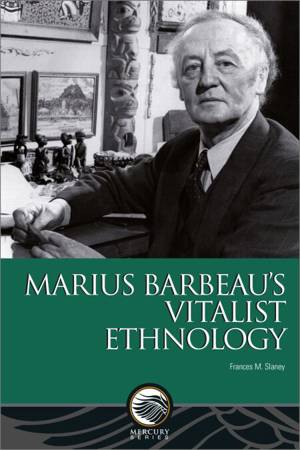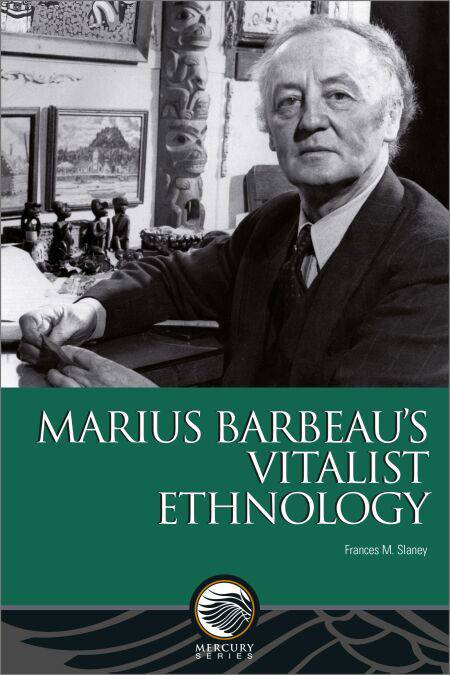
- Retrait gratuit dans votre magasin Club
- 7.000.000 titres dans notre catalogue
- Payer en toute sécurité
- Toujours un magasin près de chez vous
- Retrait gratuit dans votre magasin Club
- 7.000.0000 titres dans notre catalogue
- Payer en toute sécurité
- Toujours un magasin près de chez vous
Description
This book examines Marius Barbeau’s career at Canada’s National Museum (now the Canadian Museum of History), in light of his education at Oxford and in Paris (1907–1911).
Based on archival research in England, France and Canada, Marius Barbeau’s Vitalist Ethnology presents Barbeau’s anthropological training at Oxford through his meticulous course notes, as well as archival photographs at the Pitt Rivers Museum and the Bibliothèque et Archives nationales du Québec. It also draws upon Barbeau’s professional correspondence at Library and Archives Canada, the BC Archives, and, above all, the National Museum, where he worked for over four decades.
The author, Frances M. Slaney, sheds light on the professional life of this founder of Canadian anthropology, exploring his difficult working relationships with Edward Sapir, his collaborations with Franz Boas, and his outstanding fieldwork in rural Quebec and with Indigenous communities on British Columbia’s Northwest Coast.
Barbeau penned over 1,000 books and articles, in addition to curating innovative museum exhibitions and art shows. He invited Group of Seven artists into his field sites, convinced that their works could better capture the “vitality” of Quebec’s rural culture than his own abundant photographs.
For these—and many other—contributions, the Historic Sites and Monuments Board of Canada recognized him as a “person of national historic importance” in 1985.
Spécifications
Parties prenantes
- Auteur(s) :
- Editeur:
Contenu
- Nombre de pages :
- 600
- Langue:
- Anglais
- Collection :
Caractéristiques
- EAN:
- 9780776637143
- Date de parution :
- 28-03-23
- Format:
- Ebook
- Protection digitale:
- Adobe DRM
- Format numérique:

Les avis
Nous publions uniquement les avis qui respectent les conditions requises. Consultez nos conditions pour les avis.






